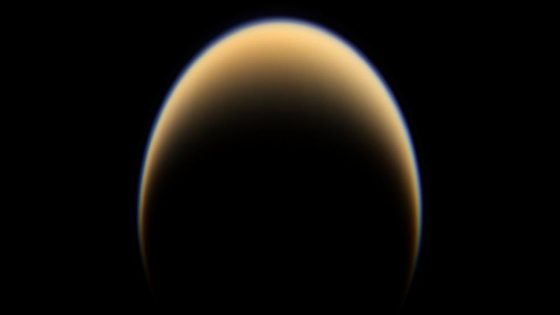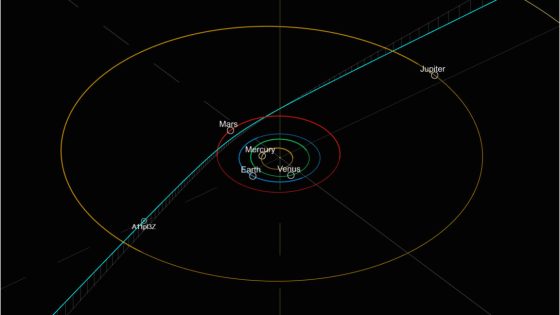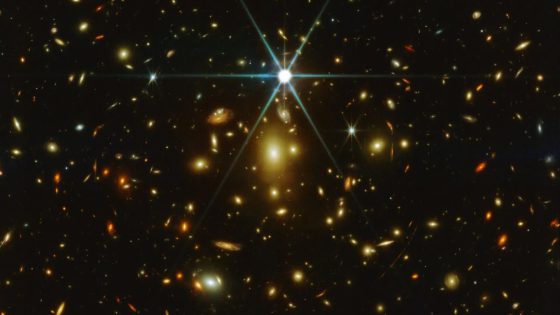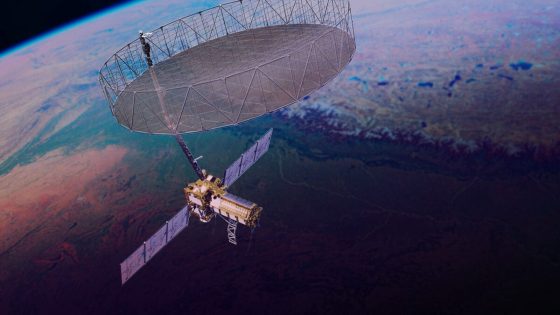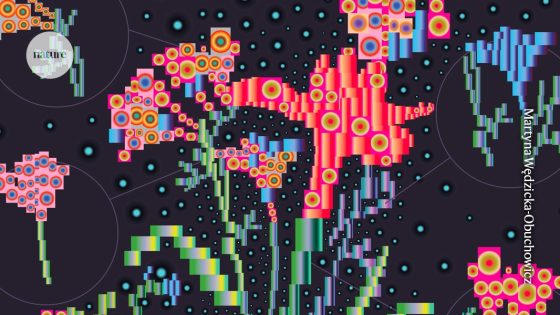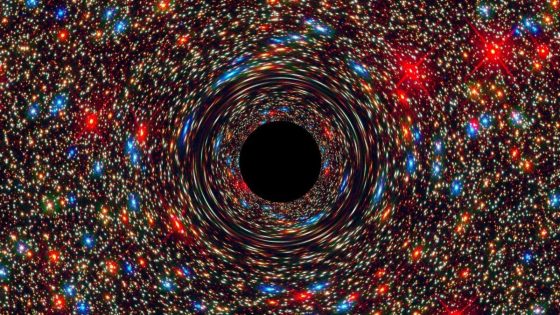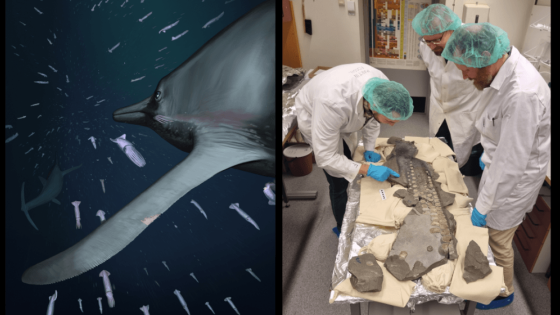Earth’s rotation is set to accelerate in the coming weeks, leading to unusually short days. On July 9, July 22, and August 5, 2025, the moon’s position will cause our days to shorten by up to 1.51 milliseconds.
- Earth’s rotation is speeding up temporarily.
- Days will be shorter by up to 1.51 ms.
- Moon's position affects Earth's spin rate.
- Human activity influences Earth's rotation changes.
- Seasonal mass shifts impact day length.
- Leap seconds adjust clocks for accuracy.
A typical day on Earth lasts about 86,400 seconds, or 24 hours. However, various factors, including the gravitational pull of the moon and changes in Earth’s mass distribution, influence this duration. Interestingly, Earth’s rotation has been slowing over billions of years, with days once lasting only 19 hours due to the moon’s closer proximity.
As the moon moves further away, days have gradually lengthened, yet recent studies indicate fluctuations in Earth’s spin. The most notable occurred on July 5, 2024, when a day was recorded at 1.66 milliseconds shorter than usual. These variations prompt the question: how does the moon’s distance affect our daily lives?
Understanding these changes raises important questions about Earth’s dynamics. How do human activities contribute to this phenomenon? Consider these points:
- Climate change impacts Earth’s rotation through mass redistribution.
- Natural events, like earthquakes, can also alter day length.
- Seasonal changes affect the distribution of land mass, influencing rotation speed.
As we continue to study these phenomena, advancements in our understanding of Earth’s rotation could lead to better predictions and insights into climate change’s impact on our planet.






